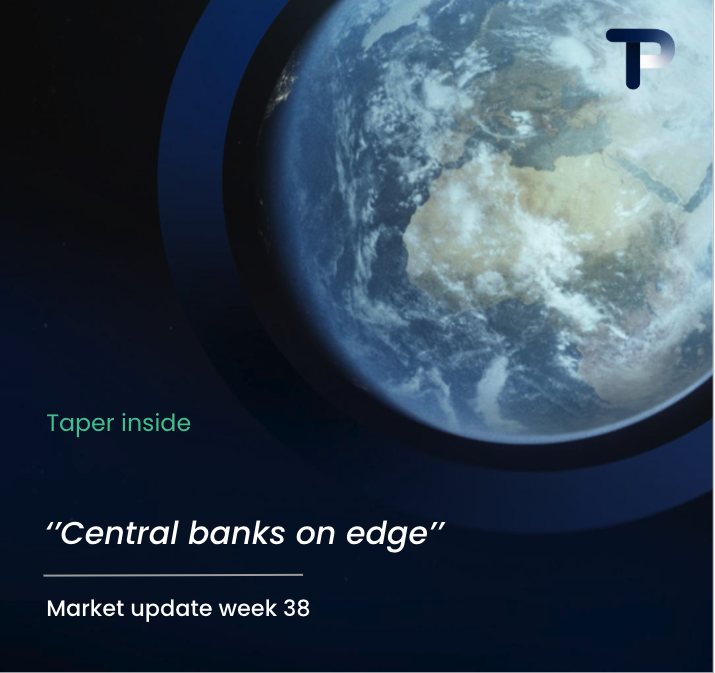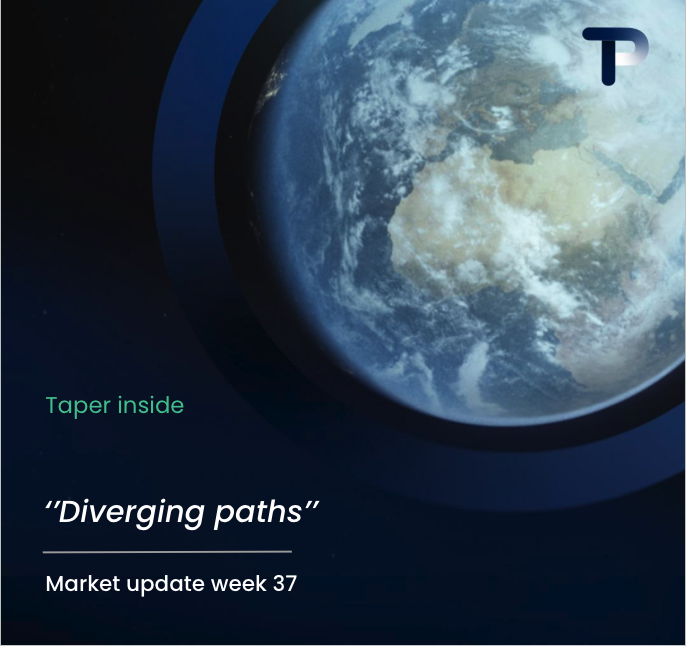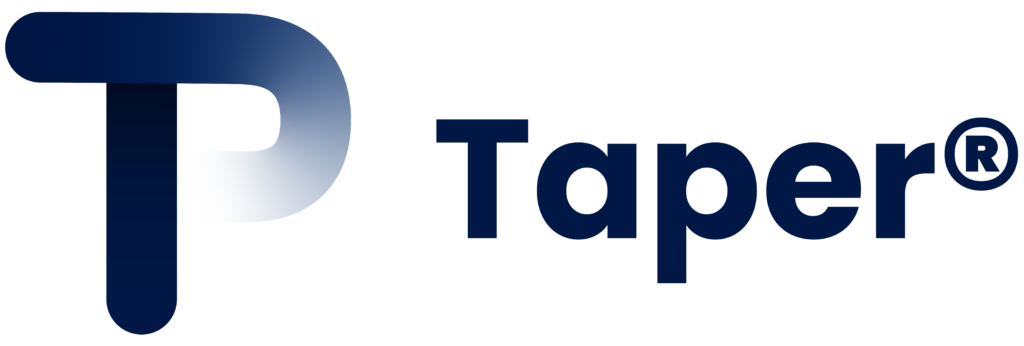If you’re doing business in or with the Netherlands, you’ll likely encounter the term IBAN. An International Bank Account Number (IBAN) in the Netherlands is a standardized format for bank account numbers that facilitates efficient and secure cross-border transactions. Dutch IBANs consist of 18 characters, beginning with NL, followed by a two-digit check number and then the bank identifier and account number. They’re essential for any business or individual making or receiving payments within the Netherlands or across Europe.
Understanding IBAN structure in the Netherlands
Dutch IBANs follow a specific 18-character format that contains several important components. The structure breaks down as follows:
- The first two letters (NL) – Country code for the Netherlands
- Two check digits – These help verify the IBAN’s validity
- Four letters – The bank identifier code (BIC) which identifies the specific bank
- Ten digits – Your unique account number
For example, a Dutch IBAN might look like: NL20INGB0001234567. Here, “NL” identifies the Netherlands, “20” are the check digits, “INGB” identifies ING Bank, and the remaining numbers represent the actual account number.
This standardized format ensures that payments are routed correctly through the banking system, minimizing errors and delays in processing transactions.
How do Dutch IBANs differ internationally?
While all IBANs follow the same basic structure, Dutch IBANs have distinct characteristics compared to those from other countries:
| Country | IBAN Length | Notable Features |
|---|---|---|
| Netherlands | 18 characters | Consistent length, always starts with NL |
| Germany | 22 characters | Starts with DE, longer format |
| France | 27 characters | Starts with FR, includes branch codes |
| UK | 22 characters | Starts with GB, includes sort code |
The key difference of Dutch IBANs is their consistent 18-character length, which is shorter than many other European countries. This standardization makes Dutch IBANs relatively straightforward to work with in international banking systems.
For businesses trading with multiple countries, understanding these differences is important when setting up payment systems and validating account details.
Common challenges with Dutch IBAN payments
Despite the standardization, businesses often face several challenges when dealing with Dutch IBANs:
- Formatting errors – Spaces or special characters incorrectly inserted can cause payment failures
- Validation issues – Incorrect check digits leading to rejected transactions
- Confusion with BIC/SWIFT codes – Mixing up when each is required
- Human error in manual entry – Transposing digits or letters when entering IBANs
These issues often result in payment delays, returns, or additional bank charges. For businesses regularly making international payments, these challenges can add up to significant operational inefficiencies.
To avoid these problems, implementing proper validation tools and double-checking account details before confirming transactions are practical steps that can save both time and money.
Multi-currency capabilities with Dutch IBANs
One of the most valuable features of modern Dutch banking is the ability to hold multiple currencies within a single IBAN structure. This capability allows businesses to:
- Receive payments in different currencies without opening accounts in foreign countries
- Manage exchange rate risks more effectively
- Simplify accounting and reconciliation processes
- Reduce transaction costs associated with currency conversion
Multi-currency IBAN accounts provide flexibility for businesses operating internationally, especially those that regularly deal with partners or customers across different currency zones.
With such accounts, you can hold balances in euros, US dollars, British pounds, and other major currencies, allowing you to pay suppliers or receive customer payments in their preferred currency, all through a single Dutch IBAN.
Benefits for businesses using IBAN Netherlands
Implementing proper IBAN management brings several advantages to businesses engaged in international trade:
- Faster transaction processing – Standardized formats lead to quicker payment validation
- Reduced fees – Fewer rejected payments means fewer penalty charges
- Enhanced compliance – Meeting European payment standards automatically
- Improved cash flow management – Better visibility and control of international payments
- Simplified international expansion – Easier to establish financial operations across borders
For Dutch businesses operating globally, leveraging the full capabilities of the IBAN system provides a competitive edge in managing international financial operations.
At TaperPay, we understand the importance of efficient international payments. Our multi-currency IBAN accounts enable businesses to manage transactions across different currencies without needing to open multiple foreign bank accounts. This streamlined approach saves time, reduces costs, and simplifies your global financial operations, allowing you to focus on growing your business rather than managing complex banking relationships.
Hi there! 👋 I see you're reading about multi-currency IBAN accounts for supply chain payments. Smart choice - these accounts can save businesses 2-4% on every international transaction!
What best describes your current situation with international supplier payments?
Which of these challenges are you currently facing with international payments? (Select all that apply)
What's driving your interest in multi-currency payment solutions? Tell us about your business goals or challenges.
Great! To help us understand your specific needs better, could you share more details about your international payment volume or any particular requirements?
Perfect! Let's connect you with one of our international payments specialists who can show you exactly how Taper's multi-currency IBAN accounts can save you money and streamline your supply chain payments.
Hi there! 👋 I see you're reading about multi-currency IBAN accounts for supply chain payments. Smart choice - these accounts can save businesses 2-4% on every international transaction!
What best describes your current situation with international supplier payments?
Which of these challenges are you currently facing with international payments? (Select all that apply)
What's driving your interest in multi-currency payment solutions? Tell us about your business goals or challenges.
Great! To help us understand your specific needs better, could you share more details about your international payment volume or any particular requirements?
Perfect! Let's connect you with one of our international payments specialists who can show you exactly how Taper's multi-currency IBAN accounts can save you money and streamline your supply chain payments.



